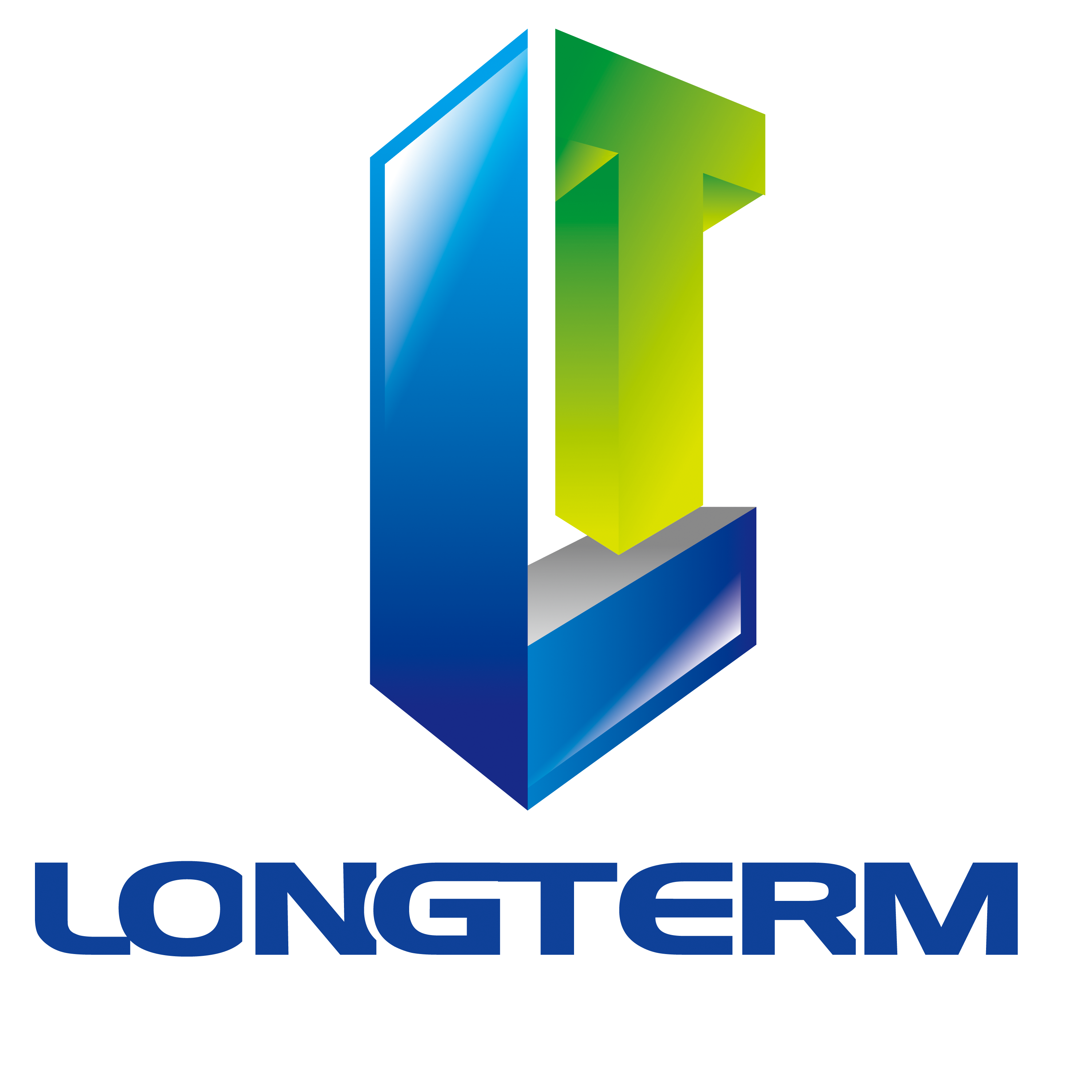Reduced Time to Market
One of the most significant advantages of rapid prototyping is its ability to drastically reduce the time required to bring a product to market. Traditional methods often involve lengthy lead times for creating physical prototypes, delaying testing and feedback cycles. Rapid prototyping techniques, however, enable designers to produce prototypes in a matter of hours or days, rather than weeks or months. This accelerated prototyping process allows for quicker identification and resolution of design flaws, leading to a shorter overall development cycle. The immediate availability of tangible prototypes also speeds up internal reviews and stakeholder feedback, minimizing delays caused by communication bottlenecks.
Furthermore, the rapid iterative nature of rapid prototyping facilitates a continuous improvement loop. Designers can quickly test different iterations of a product, incorporating feedback and making adjustments in real-time. This iterative process not only accelerates the design process but also leads to a superior final product that better meets user needs and market demands. The reduced time to market also grants companies a significant competitive edge, allowing them to capitalize on emerging trends and opportunities before their competitors.
Enhanced Collaboration and Communication
Effective communication and collaboration are essential for successful product development. Rapid prototyping significantly enhances these aspects by providing a common visual language that transcends technical jargon. Having a physical prototype facilitates clearer communication between designers, engineers, and stakeholders. This shared understanding minimizes misunderstandings and ensures that everyone is on the same page, leading to a more cohesive and efficient design process.
The ability to physically manipulate and interact with a prototype allows for more intuitive and engaging feedback sessions. Stakeholders can provide more concrete and specific feedback based on their direct experience with the prototype, leading to more targeted design improvements. This interactive approach encourages active participation and fosters a collaborative environment where everyone feels empowered to contribute to the design process. The visual nature of the prototype also aids in visualizing complex design concepts, making it easier for non-technical stakeholders to understand and contribute to the design decisions.
Cost Reduction Through Early Problem Detection
While the upfront investment in rapid prototyping technology may seem significant, the long-term cost savings can be substantial. By identifying and addressing design flaws early in the process, rapid prototyping minimizes costly rework and redesign later on. Detecting and rectifying problems in the prototyping phase is far less expensive than making changes after the product has entered the manufacturing stage. This early problem detection significantly reduces manufacturing costs, scrap rates, and the potential for costly recalls.
Moreover, the ability to test various design options quickly and efficiently reduces the overall cost of experimentation. Designers can explore multiple iterations without incurring the high cost of traditional tooling and manufacturing. This cost-effective approach to experimentation encourages creativity and innovation, allowing for a wider range of design possibilities to be explored without the fear of excessive financial risks. The resulting optimized design not only saves money but also improves the overall quality and functionality of the final product.
Improved Product Quality and Functionality
The iterative nature of rapid prototyping allows for continuous refinement and improvement of the design, resulting in a higher-quality final product. Through repeated testing and feedback, designers can identify and address usability issues, ergonomic concerns, and other potential problems before the product reaches the manufacturing phase. This meticulous refinement process translates into a product that is more user-friendly, durable, and reliable.
Furthermore, rapid prototyping allows for the exploration of innovative design concepts and materials that may not have been considered using traditional methods. The ability to quickly test and validate these new ideas leads to more creative and innovative product designs that push the boundaries of what is possible. The improved product quality and functionality resulting from rapid prototyping contribute to enhanced customer satisfaction and brand loyalty.
Wider Range of Prototyping Techniques
The term "rapid prototyping" encompasses a wide array of techniques, each with its own strengths and weaknesses. From 3D printing, offering the ability to create complex three-dimensional models quickly and cost-effectively, to computer-aided design (CAD) software, enabling virtual prototyping and simulations, designers have a range of options to choose from based on their specific needs and budget. This flexibility allows for the creation of prototypes that are tailored to the particular stage of the design process and the specific information required.
The availability of various materials and techniques also allows for the testing of different material properties and manufacturing processes early on, reducing the risk of encountering unexpected issues during the final production phase. This comprehensive approach to prototyping ensures that the final product meets all the required specifications and performs optimally in real-world conditions. The continuous evolution of rapid prototyping technologies ensures that designers always have access to the latest and most efficient tools to streamline their design process.
In conclusion, integrating rapid prototyping into the design process offers a compelling array of benefits. From drastically reducing time to market and fostering improved collaboration to facilitating cost reductions and enhancing product quality, rapid prototyping empowers designers to create superior products more efficiently. The diverse range of techniques available ensures that the approach can be adapted to suit any project, making it an indispensable tool for companies seeking to streamline their design process and gain a competitive edge in today’s dynamic marketplace.

